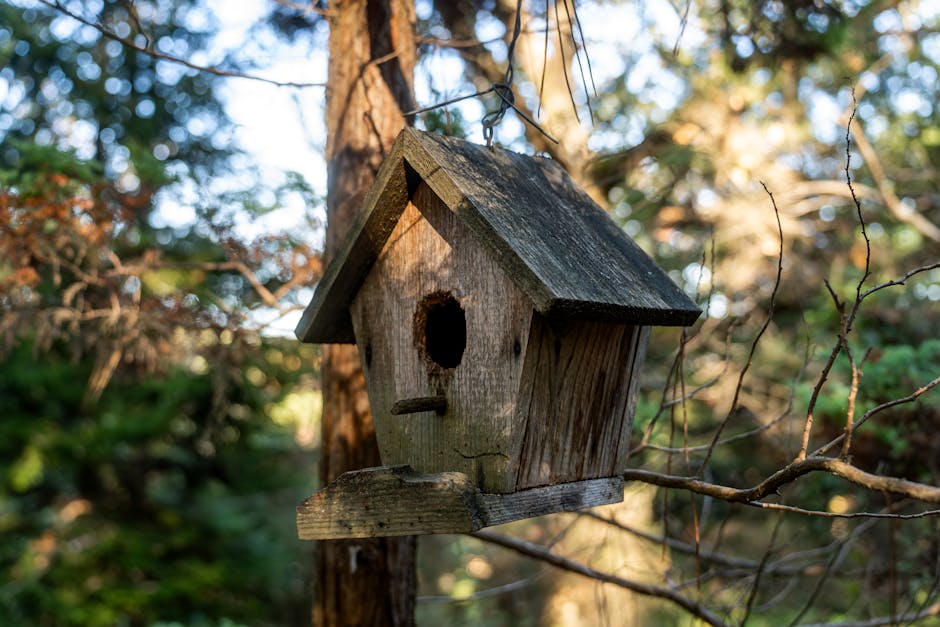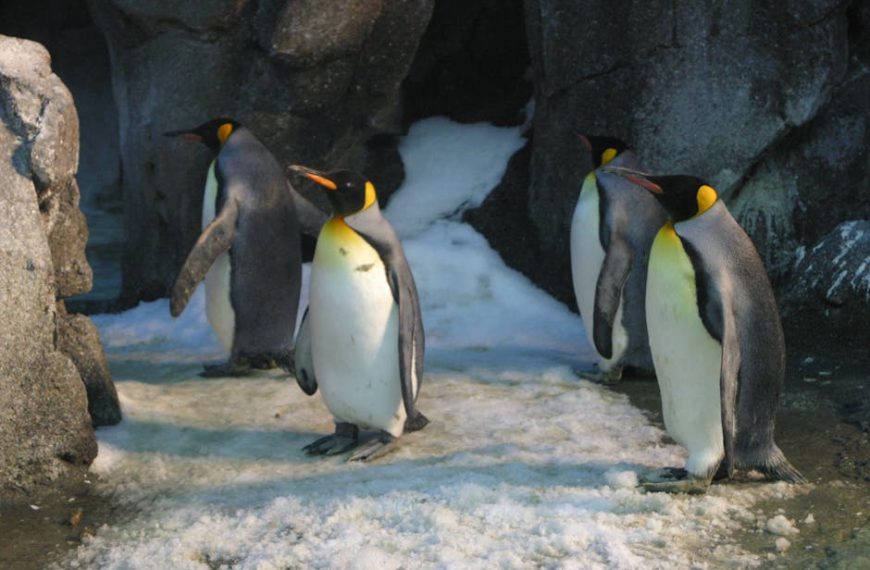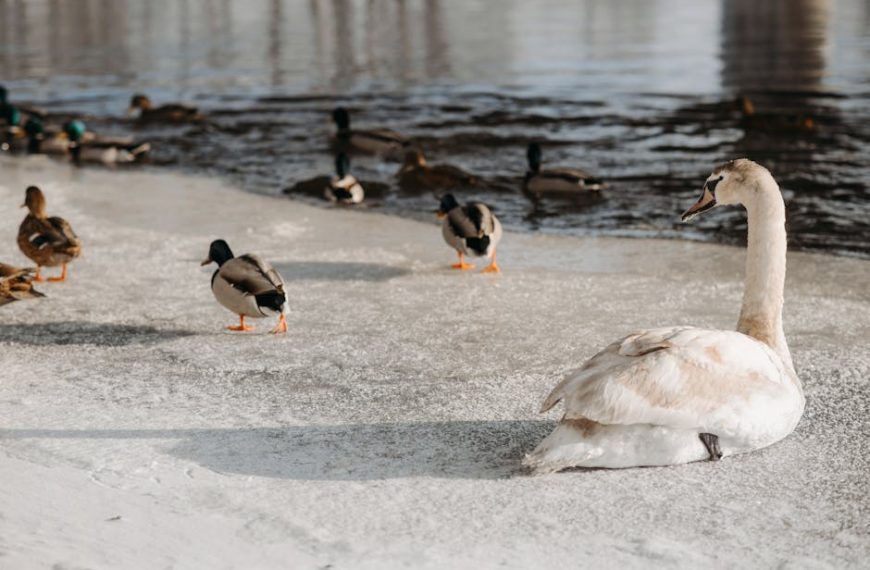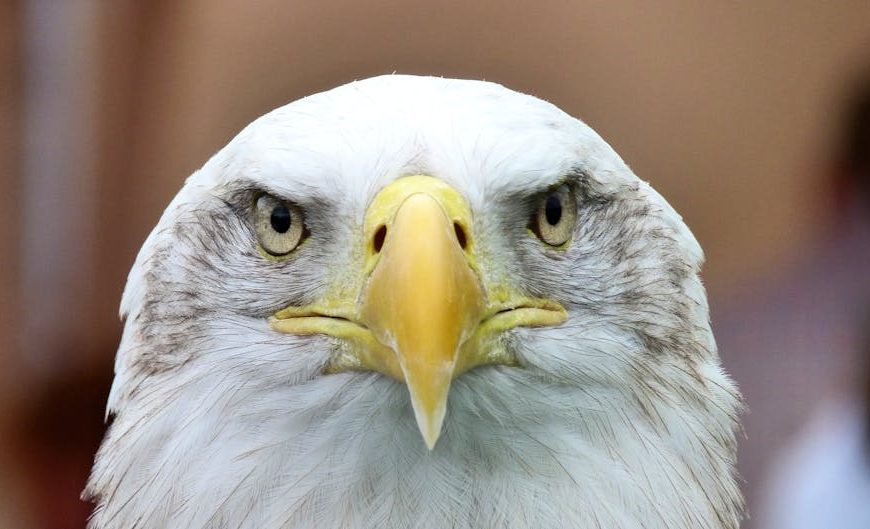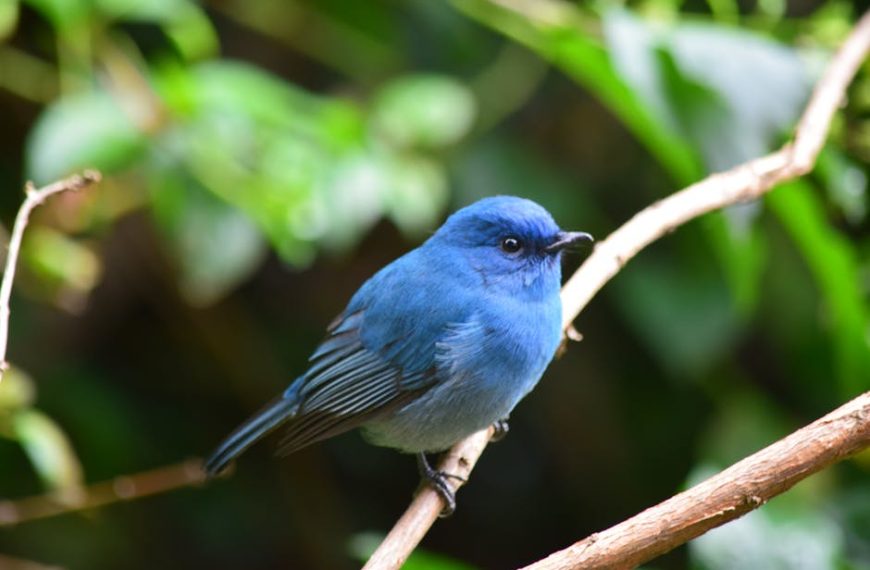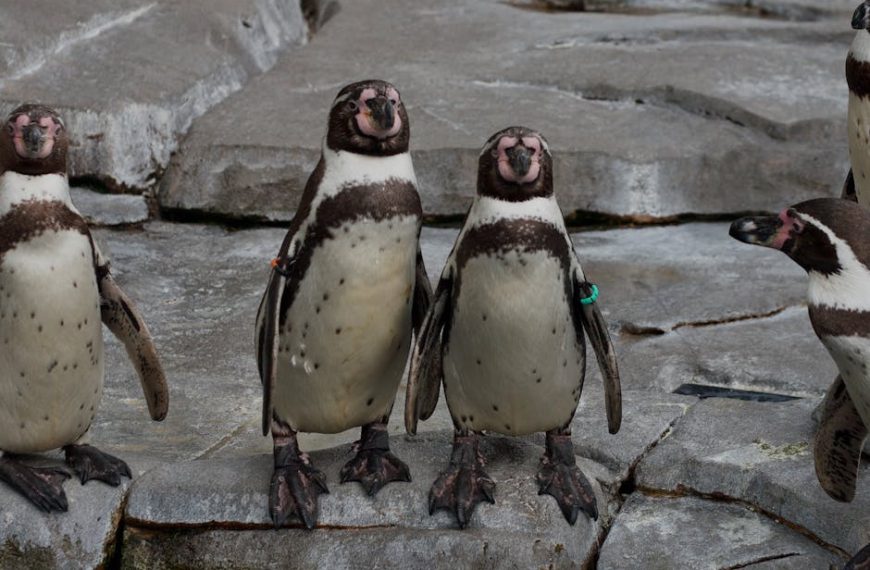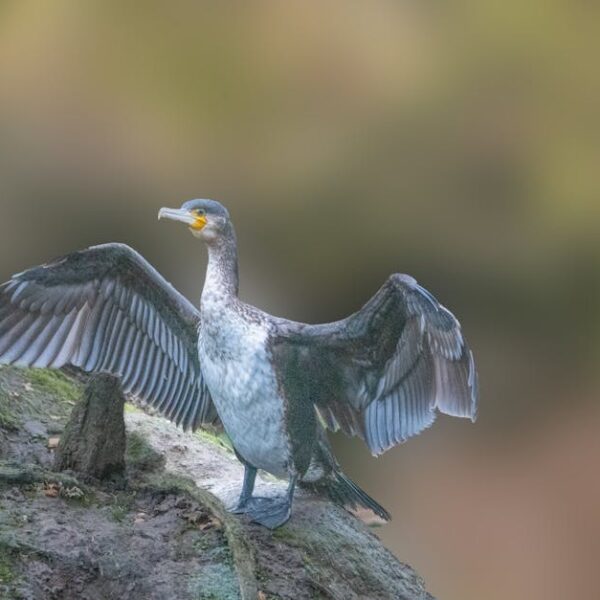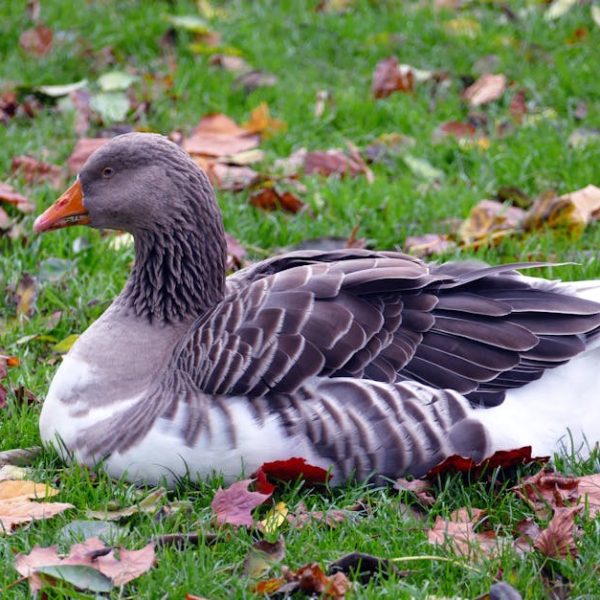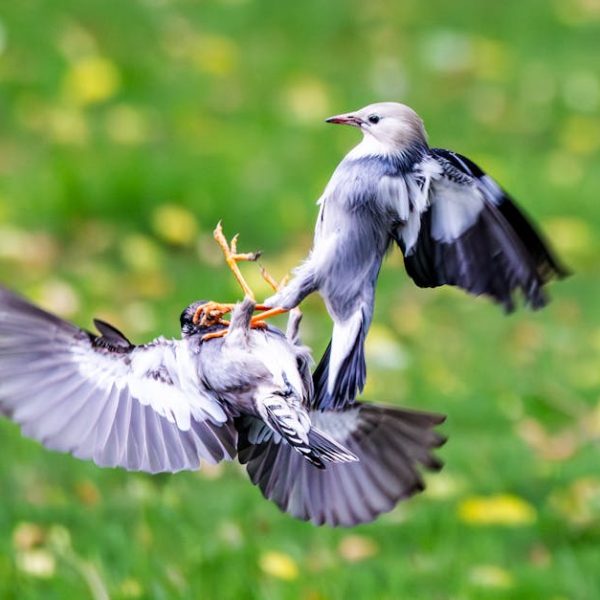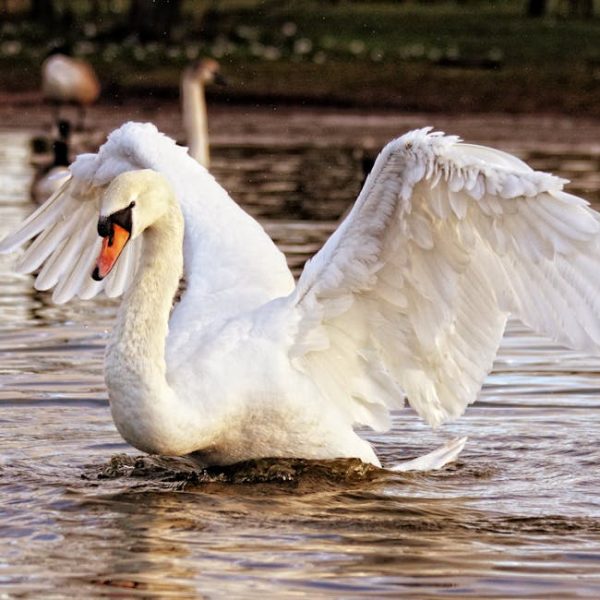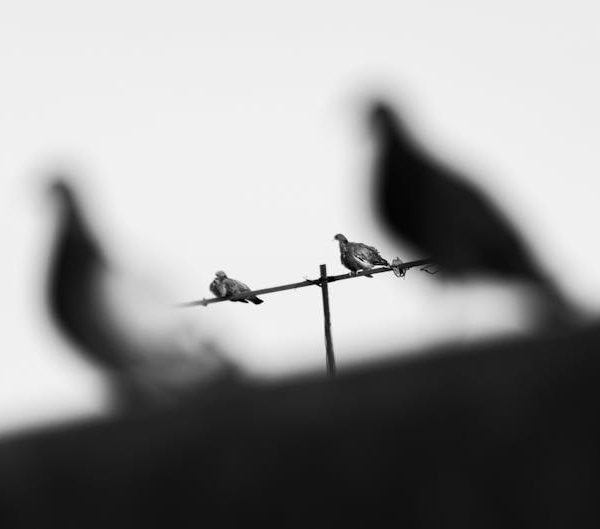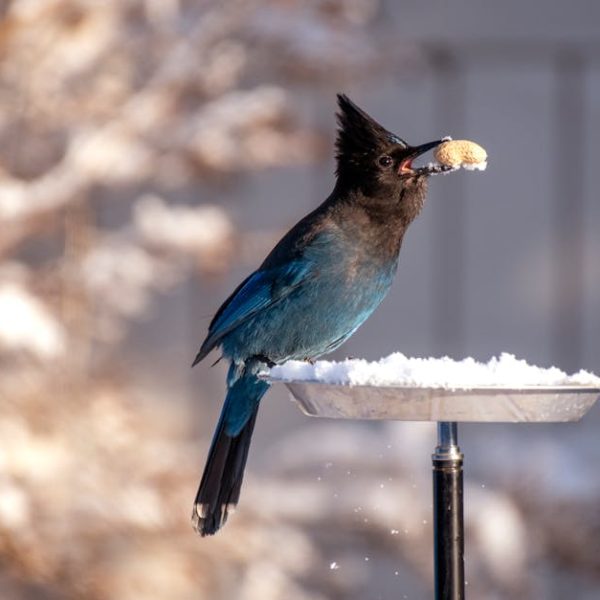Birds are beautiful, fascinating creatures, and many people grow quite fond of having them nearby. In popular culture, it’s often said that birds appear when you are near, but why is this exactly? The answer lies within the intriguing instincts and behaviors of birds, specifically in how they interact with humans and their environments. In this article, we will explore these factors, including their search for food, safety, comfort, their senses such as smell and sound, as well as their reactions to certain movements and colors. Additionally, we’ll provide pro tips and best practices for attracting birds in a respectful and safe manner.
Natural Instincts of Birds
Birds, like all creatures, have certain behaviors and instincts that drive their interaction with the world. Their attraction to humans, or more specifically, the areas inhabited by humans, is often driven by their basic needs – food, safety, and comfort. Birds are highly adaptable and often find in our gardens and parks, due to their inherent resources, a place that satisfies these needs.
But how can we encourage their presence while ensuring we don’t disturb their natural behavior? Here are some tips:
• Always observe from a respectful distance
• Avoid sudden movements
• Be mindful of their feeding and mating seasons
• Never try to touch or grab them
By respecting these guidelines, we can appreciate these feathered friends while ensuring their comfort and safety.
Presence of Food and Shelter
Beyond their naturally instinctive behaviors, birds are greatly influenced by their environment – especially by the presence of food and shelter. Similar to how a garden might lure birds with flowers full of nectar or trees full of fruits, your residence may also offer these attractive resources. Libraries and rooftops, for example, are often frequented by birds as they provide a safe place for them to rest, nest, and watch out for predators.
Feeding birds can be a delightful hobby, but it’s important to be mindful of its possible repercussions. Here’s a brief comparison:
- Pros of feeding birds: Enriches the local ecosystem, allows closer observation of birds, sense of fulfillment in supporting wildlife.
- Cons of feeding birds: Risk of dependence on human assistance, might attract unwanted animals, may alter natural feeding behaviors.
To responsibly and respectfully provide bird-friendly food and shelter doesn’t only entail throwing birdseed out. Experts recommend researching the specific species native to your area to tailor your efforts accurately.
Smell and Sound Triggers
There’s more to consider in attracting birds than food and shelter. The birds’ remarkable senses play also a crucial role in their interactions with their surroundings, including humans. In particular, their sense of smell and hearing is believed to affect their reaction to the proximity of people.
Certain fragrances, including those from flowering trees and plants, can draw birds closer. Similarly, peaceful, gentle sounds — such as softly flowing water, quiet music, or even your calm voice — can also make them feel safer and more welcome. Conversely, strong perfumes, loud noises or frantic movements can cause distress, making them feel threatened.
Here are some sounds and smells to consider:
✅ Pleasant Sounds: Soft music, whispering tones, gentle water sounds
❌ Unpleasant Sounds: Loud music, shouting, sudden sharp noises
✅ Attracting Smells: Blooming flowers, ripe fruits, clean water
❌ Deterring Smells: Strong perfumes, smoke, chemicals
Remember, every bird species is unique and will respond differently to different stimuli. Understanding the species native to your area can drastically improve your bird-attracting endeavours.
Movement and Colors
The way you move and dress can substantially influence a bird’s attraction or repulsion. To a bird, sudden movements can be interpreted as a threat – something akin to a predator’s pounce. On the other hand, staying still and serene can make you appear less menacing, allowing birds to approach with less fear.
Colors too can play a significant role. Bright colors such as red and yellow are known to captivate birds’ attention, thanks to their vivid color perception. However, excessively flashy attire might give them apprehension, misinterpreting it for predatory signals.
Here’s a handy checklist for maintaining non-threatening body language and attire:
✅ Do:
- Wear relatively muted apparel that blends with the environment
- Make slow, calm movements
- Sit or stand still to observe birds
❌ Don’t:
- Wear excessively flashy or vibrant colors
- Make sudden or frantic movements
- Try to touch or chase the birds
Applying these tips won’t guarantee that birds will flock to you instantly, but it increases your chances of successful and respectful bird-watching.
Attracting Birds Respectfully and Safely
Though it’s exciting to attract birds towards you, it’s paramount to prioritize their safety and comfort. Birds are inherently wild animals, and it’s essential to respect their boundaries and needs. The allure of interaction should never come at the cost of their well-being.
How can we attract birds respectfully and safety? Here are a few best practices:
- Provide food and water regularly but not excessively
- Plant native trees, shrubs, and flowers to create a bird-friendly environment
- Use bird-friendly materials when creating artificial nesting sites
- Keep your pets inside whenever birds are around
Consequently, creating a bird-friendly environment isn’t just about developing a haven for birds but learning to exist harmoniously with these splendid creatures.
In conclusion, birds may appear when you are near, not out of some mystical phenomenon, but due to simple and comprehensible behaviors and instincts. So, the next time you notice a feathered friend flitting nearer, remember: it’s not magic, just nature. By understanding these triggers and responding respectfully and responsibly, we can foster a co-existing relationship with birds while enjoying their wonderful presence.
Key Takeaway:
- Birds are attracted to humans and their habitats due to their search for basic needs such as food, safety, and comfort.
- Environment plays a significant role in attracting birds, especially the presence of food and suitable habitation.
- Bird’s senses such as smell and sound significantly impact their interaction with humans and how they perceive them. Certain sounds and smells can either attract or deter birds.
- Bird’s attraction towards humans can also be influenced by certain movements and colors.
- It is important to attract and interact with birds in a respectful and safe manner, understanding their behavior, and providing them with appropriate food, shelter, and environment.
Being around these beautiful creatures can be a rewarding experience. Ensuring we respect their needs, boundaries, instincts, and behaviors will allow us to coexist in harmony. So, let’s embrace the opportunity to understand birds better and interact with them responsibly for a mutually beneficial relationship.
FAQs
Q: How can I attract specific bird species to my yard?
A: Each bird species has unique preferences for food, shelter, and environment. By researching about the specific species you want to attract, you can tailor your environment, appropriately providing the right types of food and shelter, and creating a suitable habitat.
Q: Can the clothes I wear affect a bird’s reaction to me?
A: Yes, birds have strong color perception. While bright colors like red and yellow can attract birds, excessively flashy or vibrant colors might deter them. It is advisable to wear muted colors that blend with the environment when you are around birds.
Q: Is feeding wild birds harmful to them?
A: Feeding can be beneficial to birds, especially in harsh weather conditions, but it can also pose risks such as dependency on human help or alteration of natural feeding behaviors. If you choose to feed birds, do so responsibly, providing suitable food and not in excessive amounts.
Q: What sounds can attract or deter birds?
A: Birds tend to be attracted by peaceful, gentle sounds like softly flowing water or quiet music. On the other hand, loud or sudden noises can cause distress and make them feel threatened.
Q: Can I touch or hold a bird if it comes near me?
A: Generally, it is not advisable to touch or hold wild birds. Our hands can transfer bacteria or oils that can be harmful to birds. Also, it might cause them stress.
Please feel free to share this article with anyone interested in bird behavior and check out other posts on our website for more insights into the fascinating world of nature.
